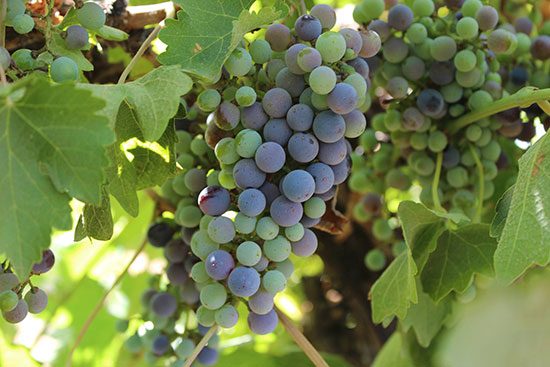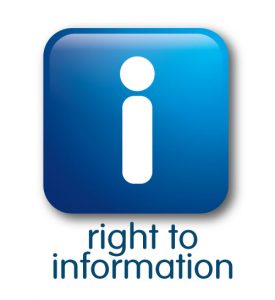>Representing Wine Growers
The Wine Grapes Marketing Board was constituted in 1933 to represent the interests of winegrape growers within what is now the City of Griffith and the Shires of Leeton, Carrathool and Murrumbidgee. At that time governments were promoting policies of decentralisation and job creation in rural NSW following the return of soldiers from World War I. Legislation establishing the Murrumbidgee, Coleambally and Murray Irrigation Areas was subsequently passed, as was closer settlement legislation to facilitate regional development.
These various policy settings created isolated, regionally-based, farming communities. In the absence of sophisticated communication, transport, and marketing systems, as exist today, statutory marketing arrangements were introduced to provide farmers with a means of countervailing the market power of the purchasers of their products.
The Board is one of several statutory marketing authorities established under the NSW Marketing of Primary Products Act 1927. The MPP Act was introduced at a time when trade practices legislation was minimal. The first true Commonwealth trade practices legislation was the Trade Practices Act 1965. Numerous changes were made to this and subsequent pieces of legislation until the current Trade Practices Act 1974 was introduced. Prior to this Act, restrictive trade practices were lawful until successfully challenged by the Trade Practices Commission. From 1974 onward, such practices became unlawful.
Until 1976, the Board negotiated informally with MIA winemakers on prices, with agreements made on a hand shake basis. This mode of operation broke down during the mid-1970's when demand changes resulted in a price slump for red wine grapes, the predominant grape varieties at the time. In 1976, vesting power (ownership of the crop) was granted to the Board for those varieties. In 1978, this power was extended to all wine grapes produced in the Board's area of jurisdiction.
The Board rarely used its vesting power to compulsorily acquire the crop. The Board has, however, used vesting as a reserve power to set minimum grape prices and conditions of payment, to pursue late payments by winemakers, and to require payments to growers to be made through the Board. The latter condition simplifies the collection of the grower levies which the Board uses to fund grower services.
In 1997 legislative changes constrained the Board's vesting power in that the Board was prohibited from physically receiving wine grapes. An expiry date for constrained vesting of 31 July 2000 was also set.
In preparation for the expiry of constrained vesting, the Board introduced an indicator price system, rather than minimum prices, for the 2000 harvest. This was in part due to the following Board observations: 'minimum prices tended to create a low benchmark, which wineries then treated as the price. Prices above the Board minimum were regarded as bonuses"
In 2003 the NSW Government created the Wine Grapes Marketing Board (Reconstitution) Act 2003 that provided the Board with transitional powers to set and enforce terms and conditions of payment for winegrapes in the region not subject to a complying contract. After 3 renewals of this instrument it was repealed by the Government 1st January 2012.
The Board now operates solely as an Agricultural Industry Services Committee under the Agricultural Industry Services Act 1998.
Location
Riverina Winegrape Growers is located at 182 Yambil Street Griffith NSW 2680.
Legislation
The Board operates as an Agricultural Industry Services Committee performing its legislated functions in accordance with the Agricultural Industry Services Regulation 2024.
A copy of the legislation can be found HERE
Right to Information
On 1 July 2010 new Right to Information Legislation came into effect, replacing the former Freedom of Information law.
The new law:
-Creates new rights to information that are designed to meet community expectations of more open and transparent government.
-Encourages government agencies to proactively release government information.
You can find out more about your right to information and new ways to access NSW Government information on the Information and Privacy Commissioner (IPC) website at www.ipc.nsw.gov.au
Accessing our agency’s information
Our agency publishes a range of information under the Government Information (Public Access) Act 2009.
Riverina Winegrape Growers Publication Guide details who we are, what we do and how members of the public, community organisations, the media and government agencies can interact with us.
It is updated regularly to ensure that it provides an accurate picture of our work in implementing right to information reforms in New South Wales.
Growers and Members of the Public can seek information from Riverina Winegrape Growers in relation to activities, services and publications of the Board.
Please download and complete the form by clicking HERE . Please send it to the Riverina Winegrape Growers. board@wgmb.net.au
If you need help in completing the form please call the office 02 6962 3944 and one of our members of staff will assist you.
Disclosure Log
Information pertaining to grower personal information is not contained in the following disclosure log.
-Currently NONE-
>What we do
Riverina Winegrape Growers functions under this legislation. The Board has the following agricultural industry services:
(ii) The terms and conditions of payment to be observed by wineries, in relation to MIA wine grapes delivered to them by wine grape growers,


